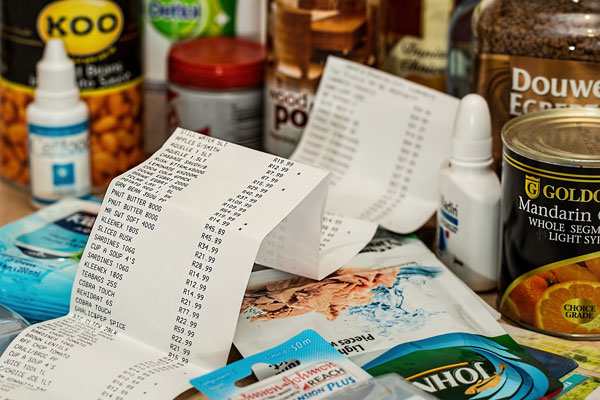Shrinkflation in Australia concerns Aussies today, causing complaints and criticism

[Shopping, credit to Pixabay]
Shrinkflation caused by increasing inputs from manufacturers after COVID-19 has been detected in Australia, hitting an extensive range of products by data and Aussie customers.
Due to this, many have expressed their criticism and complaints.
You might not have noticed, but the prices of some supermarket items have either remained the same or increased despite you getting less of the item.
Shrinkflation is a term referred to when the cost of a product remains the same, but the quantity of the things inside of the item decreases.
For instance, this happens in Australia and new data from grocery comparison app Frugl has revealed the most recent culprits.
Frugal, for instance, discovered shrinkflation in Coles and Woolworths, a local market shopping center. Many similar businesses do the same.
However, this problem is not just concerned with the wealth of the retailers. There is a story behind it.
A retailer is a seller, but they do not make the product that they sell to people and local markets. They buy it from the manufacturers.
If the manufacturers want more profit, they will sell the items with less quantity for the same price, and this can make the retailers sell the item for a higher price.
Manufacturers usually carry out what is formally known as a “contents reduction strategy” because of higher inputs in costs, reports Gary Mortimer, professor of marketing and consumer behavior at the QUT, Queensland University of Technology.
“As the costs go up, manufacturers have to consider whether they will get less for their products and make less profit in total or pass the cost increase or inflation to customers,” he said.
“We’ve seen retailers pushing back, but, ultimately, it comes down to a negotiation between the retailer and the brand manufacturer, who might say it can give a retailer a product, but it will decrease in size over time.
“So you still get the product. You’ll get less of it for the same price you normally paid.” he further added.
While likely to draw the irritation of some consumers, Australian researchers have found that it is the preferred and profitable strategy for retailers.
In a series of experiments at a supermarket in Brisbane, the researchers disguised the shelf tickets of several products to make them appear as though they had changed.
They found a variation of shrinkflation — where both the product’s size and cost decreased, but the size more so — sold the most units, and that standard shrinkflation — the same price but a reduced size — produced a better sales result than increasing the cost.
“I think ultimately it comes down to a loss of belief,” Professor Mortimer said.
“We don’t want to pay more for the same, but we’re willing to pay the same for a little bit less.”
The Australian Bureau of Statistics, also known as ABS, looks at shrinkflation when calculating the Consumer Price Index — a measure of inflation that looks at price changes in a “basket” of goods and services. It does so as part of its “quality change” analysis.
Professor Mortimer recommends consumers to look at the unit price, which shows how much a product costs using a standard unit of measurement when doing their weekly shopping.
“In a previous study I undertook with colleagues, we found that shoppers could save up to $1,700 a year on grocery shopping by referring to the unit price to make more careful decisions,” he said.
However, groceries are not the only type of things that go under shrinkflation.
Food is only over one percent of the items with shrinkflation. Houses, clothes, and even furniture with more can go through shrinkflation.
For example, houses in Australia ABS data showed that from 2012 to 2021, that were sold were at the same price, but the living space in the house itself decreased by 13%
However, Australian customers don’t always have bad luck with them. Retailers like Coles and Woolworths are trying to decrease stress for Aussies that gain stress from shrinkflation.
For example, Coles and Woolworths gave discounts by ten percent and lowered prices, relieving many customers.
They also froze the costs until the following year for necessities such as dishwashing liquid, chicken tender, canned tomatoes and many more.
Despite these efforts to decrease shrinkflation, its effects could not be removed entirely from Australia, so an alternative policy that sufficiently relieves Aussie customers is necessary.

- Steven Seo / Grade 5
- Cheongna Dalton School

![THE HERALD STUDENT REPORTERS [US]](/assets/images/logo_student_us.png)
![THE HERALD STUDENT REPORTERS [Canada]](/assets/images/logo_student_ca.png)
